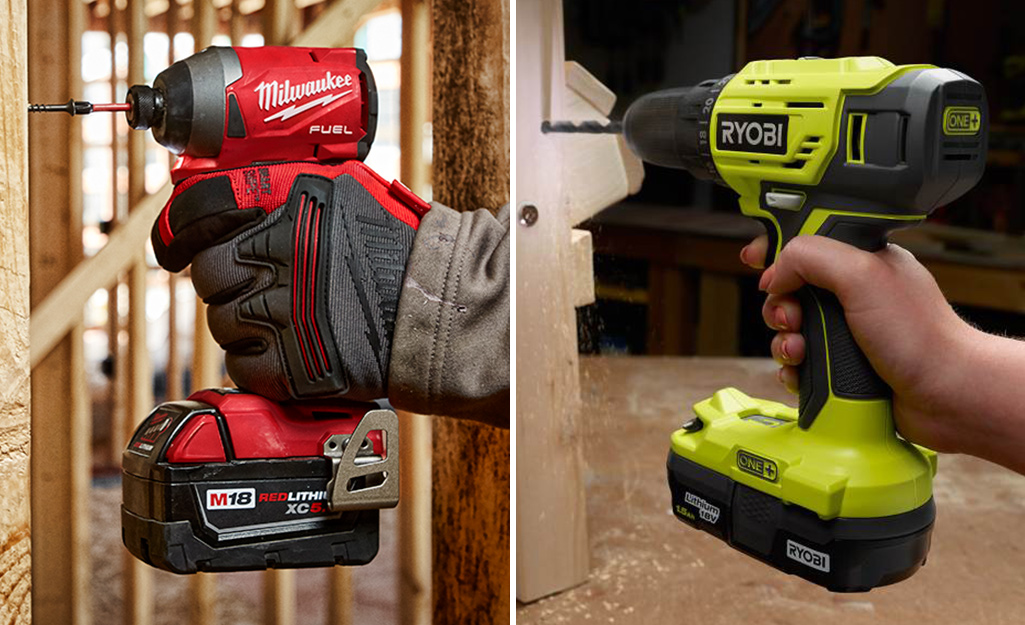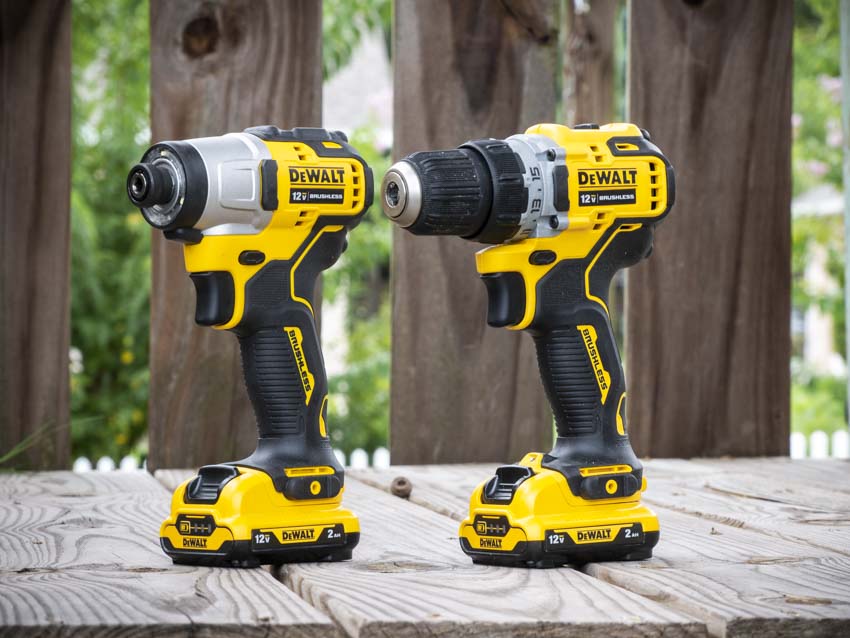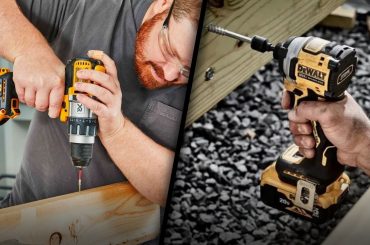It is a handheld tool that is used for fastening screws with impact drivers, otherwise known as impact drills. If you’re not sure whether you need one, we’re here to help.
Do you have trouble distinguishing between an “impact drill” and an “impact driver”? Technically speaking, there is no such thing as an impact drill. Impact drivers are entirely different from drills – they are two different tools. Screws are driven fast and well with impact drivers. Impact drivers are more effective at driving screws than drills, also called drill drivers. It is much easier to bore holes with drills than with hammers.
There are still many similarities between drills and impact drivers. There are two types of handheld devices: cordless and corded. Squeezing the trigger causes them both to spin. You can switch between various speeds on most drills and impact drivers. In deciding whether either of these tools is right for you, you must consider some key differences.
Impact Driver vs. Drill
Power and rotational action are the main differences between drills and impact drivers. All one-quarter-inch hex driver bits fit into impact drivers, unlike drills with quick release shanks. They can drive the largest wood screws in seconds because impact drivers produce a lot of rotational force.
Impact drivers offer more torque and quick bursts than drills because of their internal mechanisms. A typical impact driver makes up to 50 bursts or “impacts” per second. Additionally, they rotate their bits in a two-step-forward-one-step-back pattern that engages and drives screws more effectively than drills.
Despite their compact size and light weight, impact drivers often deliver more power for a given size tool and maintain a deeper engagement with the screw head. When people use an impact driver for the first time, they are most impressed by this last advantage. With this impact driver, driver bits rarely slip or spin within screw heads! ’

Are Impact Drivers and Hammer Drills the Same?
Impact drivers are sometimes confused with hammer drills. As with regular drills, hammer drills serve a different purpose from impact drivers. Basically, they’re drills with the capability of vibrating bits back and forth rapidly as they’re spinning. Concrete, bricks, stone and blocks can therefore be drilled much more quickly. Hammer drills get their name from this vibration (a kind of rapid hammering).
Do You Need an Impact Driver?
A regular drill will suffice if you need to drill holes and drive the occasional medium-sized screw. Consider investing in an impact driver if you plan on building a deck, installing plywood subfloors, or putting together a treehouse.
By using an impact driver, you can significantly reduce your work time while driving large screws into wood in just a few seconds. Use your impact driver safely, as you would any other power tool. If you use a tool, keep your hands, clothes, and hair away from it, and avoid workspace clutter that could cause an accident.
Choosing an Impact Driver
Battery-powered impact drivers typically come in three sizes: 12, 18 and 20 volts. Power and torque are increased with higher voltage, but 18 volts and 20 volts are only different by name.
The more power you have, the more fasteners you can drive. You’ll have to carry bigger and heavier batteries when you use a higher voltage impact driver, and you’ll find it a bit trickier to slip it into your tool belt.
There is also the issue of brushless versus brushed motors to consider. Despite being somewhat more expensive, brushless motor drivers are more efficient, powerful, produce less heat, and last longer between recharges.
As a final consideration, you might want to investigate models with variable speeds that let you adjust the amount of torque depending on how hard you squeeze the trigger. Brushless impact drivers are made by DeWalt, Milwaukee, and Makita, among others.
Is an impact driver what you need to bore holes? There is a possibility. There are a few companies that provide drill bits with 1/4-inch hex shanks, the type used by screwdriver bits. Drill holes before driving screws with an impact driver.


